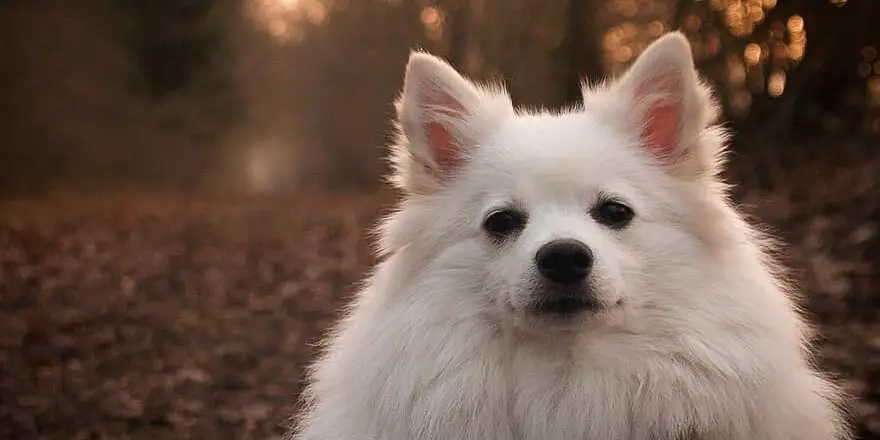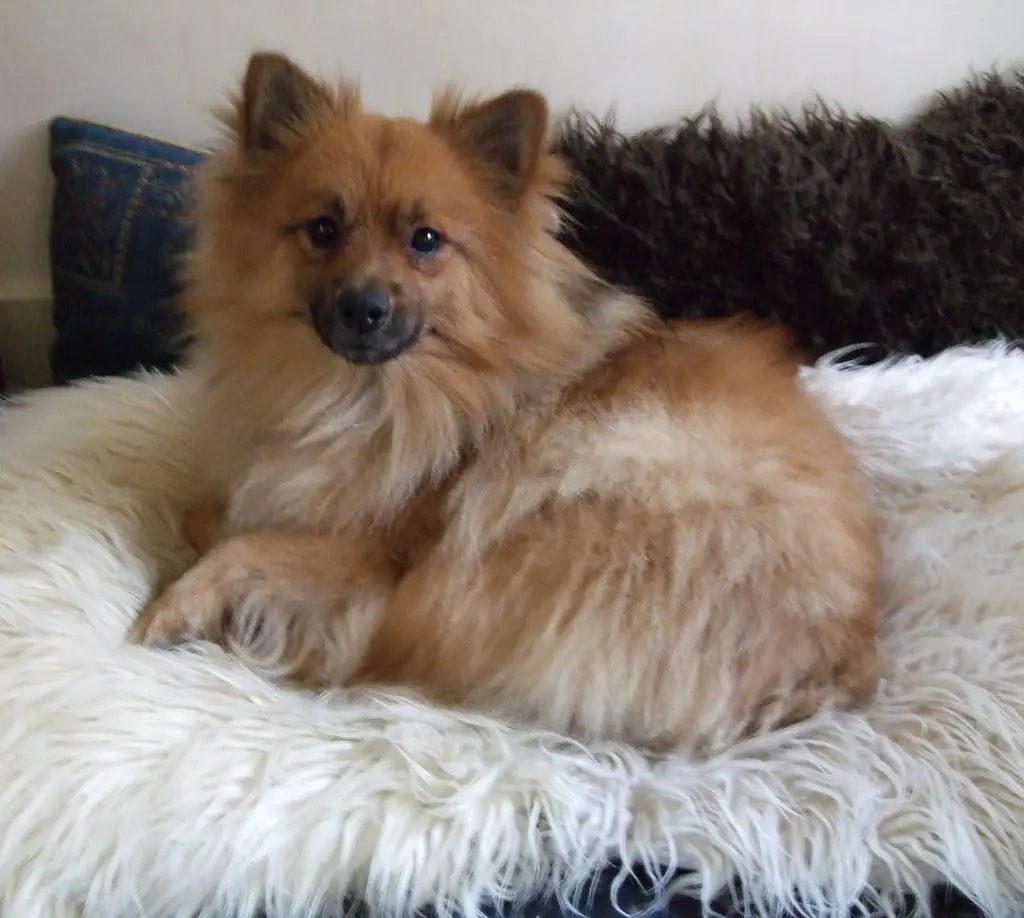
German Spitz originated in Germany. People also sometimes mistaken these dogs as a Pomeranian but they are not the same breed. If you are looking for a companion dog this is it! Breeders created this dog specifically to be a companion back in the 1400s!
There dogs are attentive and and loyal to it’s owner. It makes a great watchdog and sounds the alarm when anything is amiss. Owners can choose from 5 different sizes.
The German Spitz History
The first known documentation of these dogs dates back to 1450 from comments of Count Eberhard Zu Sayn of Germany where he referred to these dogs as “Valiant Defenders”. This dog started out as a “peasant’s dog” but become popular among the upper class in England and Germany in the 18th century. King George the First and his wife Sophia Dorothea popularized the breed when they brought the spitz sized dog to the court.
Where did the German Spitz Come From?
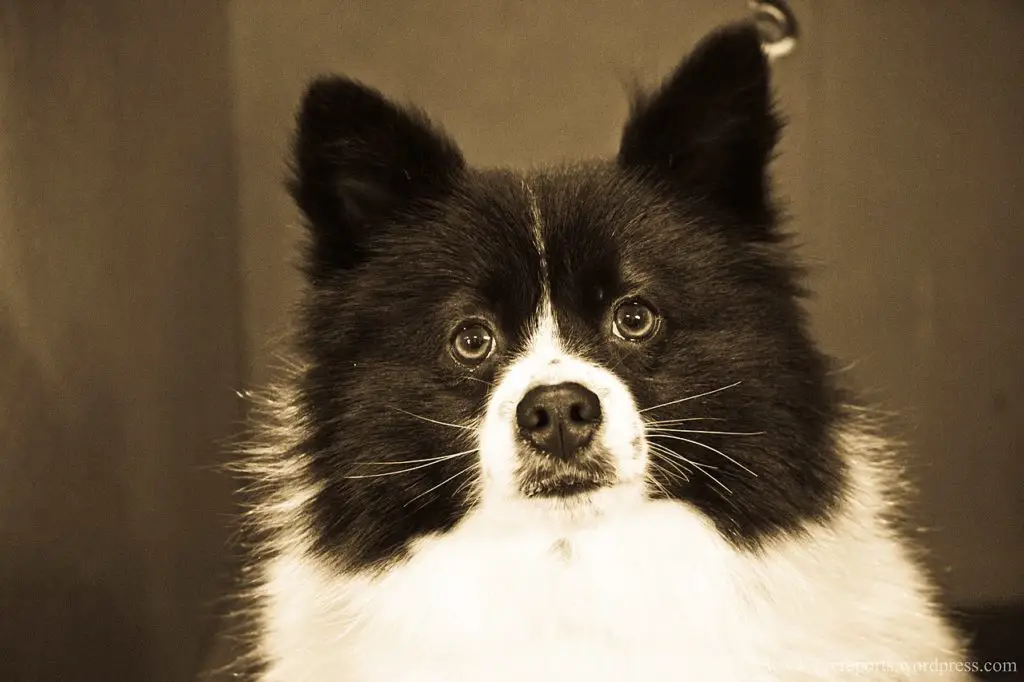
These dogs originated from central Europe. Specifically these started out in the province of Pomerania. This is a historical region on the south shores of the Baltic between modern-day Germany and Poland. Hence the early name of Pomeranian. Take note that they are not the same dog as the Pomeranian! Since then they have mostly been bred in Germany and other parts of Europe.
They originated from What Were They Bred For?
German Spitz were originally developed as guard-dogs in Germany. Traders and Fisherman used these dogs as guard-dogs. They would sit up high on dung-hills or other perches and alert their owners to any strangeness. Because of these traits Germans referred to them as mistbeller or meaning dung-hill barkers.
Breeders began breeding these dogs for companionship in the 1800s.
Are They a Pure Breed?
Yes
German Spitzs at a Glance
[table “germandogbreed” not found /]Physical Traits
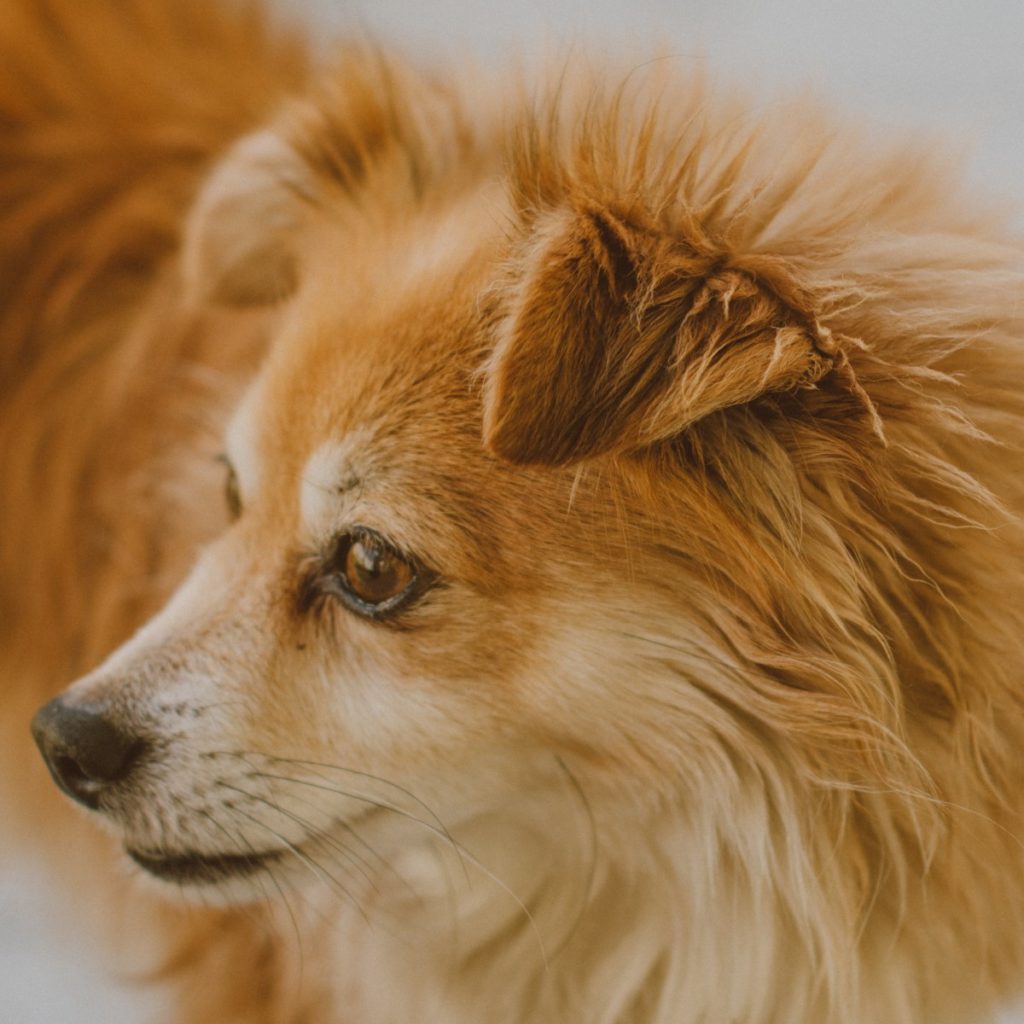
The German Spitz has a long luxurious coat that begs to be cuddled with! The vary in size and color. The Wolfspitz is typically grey while the smaller variations can be white, black, tan, brown all with various colors and combinations. They have a double coat that is longer all over the body.
They have a longer snout with triangular ears that don’t hang but fold over. These dogs are always alert.
There are several different types of German Spitz arranged per size:
- The Wolfspitz or Keeshond is a gray spitz that is the largest of the group.
- The Giant or Large Spitz is still a large dog slightly smaller than the Wolfspitz and does not have the gray fur.
- The Medium or Standard Spitz is the most common. These dogs are smaller than Giant Spitz.
- The Miniature Spitz is smaller than the Medium spitz and is 2 or 3 inches shorter.
- The Dwarf Spitz is the smallest. This dog is one of the smallest dogs around and stands barely over 7 inches tall!
Breed Standard
German Spitz Size
- Wolfspitz – 17-22 inches (43-55 cm) tall.
- Großspitz (Giant or Large Spitz) 16-18 in (42-50 cm).
- German Spitz Mittel (Medium or Standard Spitz) – 12-15 inches tall (31-38 cm).
- German Spitz Klein (Miniature Spitz) – 10-12 inches (23-29 cm).
- Zwergspitz (Dwarf-Spitz or Toy Spitz) or Pomeranian – 8-10 in (18-22 cm).
Height measurements are always from the ground to the highest point of a dog’s shoulder blades. The highest point on a dogs shoulder-blades are known as the withers.
Weight
- Male: 28.5 pounds
- Female: 22.5 pounds
- Wolfspitz – 20 kilograms (44 lb).
- Großspitz (Giant or Large Spitz) – 15 to 20 kilograms (33 to 44 lb).
- German Spitz Mittel (Medium or Standard Spitz, including the American Eskimo Dog) – 7 to 10 kilograms (15 to 22 lb).
- German Spitz Klein (Miniature Spitz) – 4 to 5 kilograms (8.8 to 11.0 lb).
- Zwergspitz (Dwarf-Spitz or Toy Spitz) or Pomeranian – 3 kilograms (6.6 lb).
Grooming
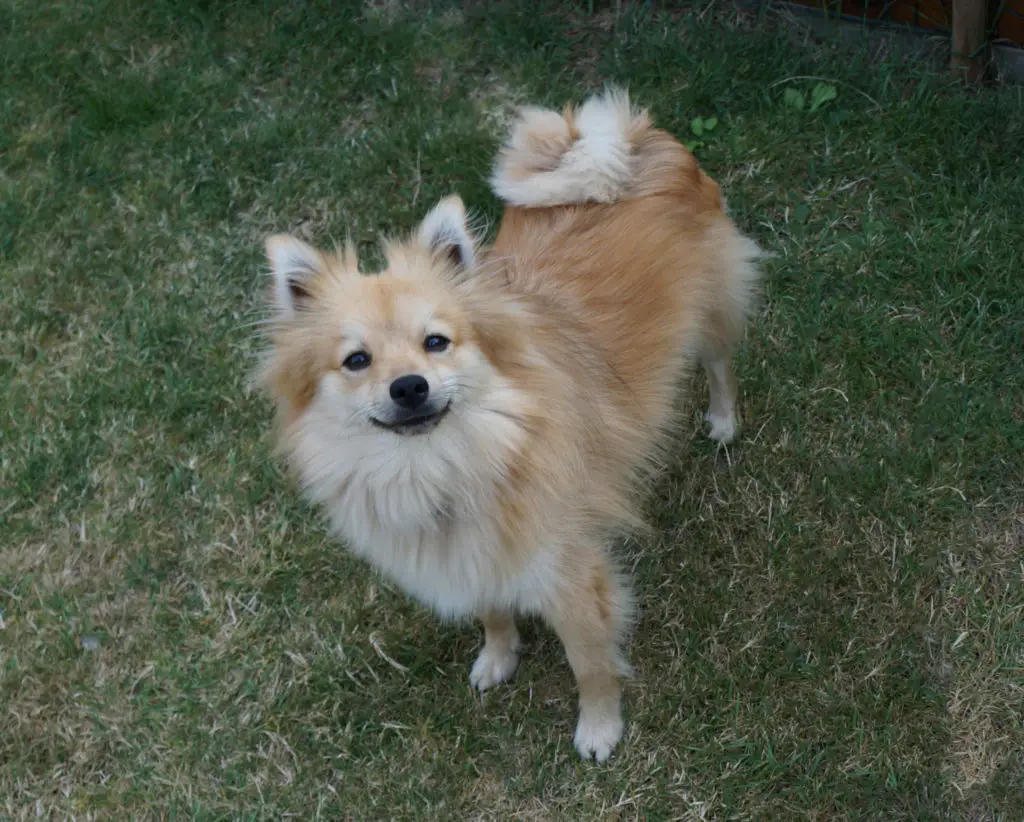
German Spitz have a double coat. It’s coat is fine however. These coats can be kept in check by weekly brushing. During shedding season they need more brushing they may need brushing up to once a day. There are several brushes available specifically for brushing dogs with undercoats. Giving them the occasional bath will keep them clean.
Nails
Check their nails to make sure they are not split or cracked and trim as needed.
Ears:
Check their ears to make sure they are not full of debris or wax and clean as needed.
Do They Drool?
No
Best Climate for the German Spitz
Temperament
The German German Spitz is always attentive, lively and extraordinarily attached to its owner. It is very teachable and easy to train. its natural distrust of strangers and lack of hunting instinct make it the ideal companion and family dog and watchdog for home and farm. It is neither timid nor aggressive. Indifference to weather, robustness and longevity are its most outstanding attributes.
The German Spitz is an alert and active dog. These dogs love alerting their owners to newcomers. Because of this they tend to be very vocal but training can help. They are extremely attentive to their owners and very wary of strangers. They become so attached to thier owners that they will spend all day with them if they could. This dog doesn’t like to be left alone for long periods of the day. If left home alone for too long they can start to misbehave. They are good for apartment living as long as you can take them out periodically for exercise and don’t leave them alone for too long.
How Easy are They to Train?
Highly intelligent, the German Spitz learns quickly and is eager to please with motivational methods. This breed does not respond well to being made to do things. However, one behavioral characteristic you may want to curb with training is his natural reaction to bark at anything new or unusual. Bred to be an alert watchdog, he is naturally very vocal, but this should not be allowed to become a problem. Your neighbors will not thank you for it either. With good training, this breed can excel at mini agility heelwork to music and obedience.
Owners can teach the German Spitz the most complex tricks because they are attentive and intelligent. Performers have used these dogs in shows for stuff like balancing stuff on their nose and other tricks. They respond well to positive reinforcement and tricks while training.
Do They Tolerate Other Pets?
German Spitz can get along with other dogs and cats. They will tend to compete with other animals for owner affection. In family settings more people are available to give this high energy dog attention!
Are They Good for Families?
The German Spitz are playful and attentive and they easily bond with their owner and families. They are great with kids and great companions. Families are great settings for these dogs because they like a lot of attention.
Do They Have a Strong Prey Drive?
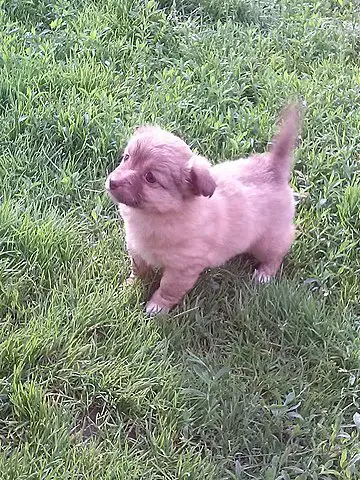
This breed has a high prey drive, don’t mix them with pets like, birds, hamster and other small animals.
Are They Social With Other People?
These dogs can be social with other people but will tent to gravitate toward it’s owner. This dog is friendly once it gets to know you.
Is The German Spitz Good for New Owners?
German Spitz is playful but bossy and independent, this dog might be a handful for new dog owners.
Health
A majority of this breed are generally healthy. Puppies should be bought only from responsible breeders who eye test their breeding stock. Working with a reputable breeder, prospective owners can gain the education they need to learn about specific health concerns within the breed.
The German Spitz Lifespan
13 – 15 years
Health Issues
Some cases of PRA (Progressive Retinal Atrophy), RD (Retinal Dysplasia), and Patella Luxation have been seen in the German Spitz, but a majority of this breed are healthy if bred right.
Exercise
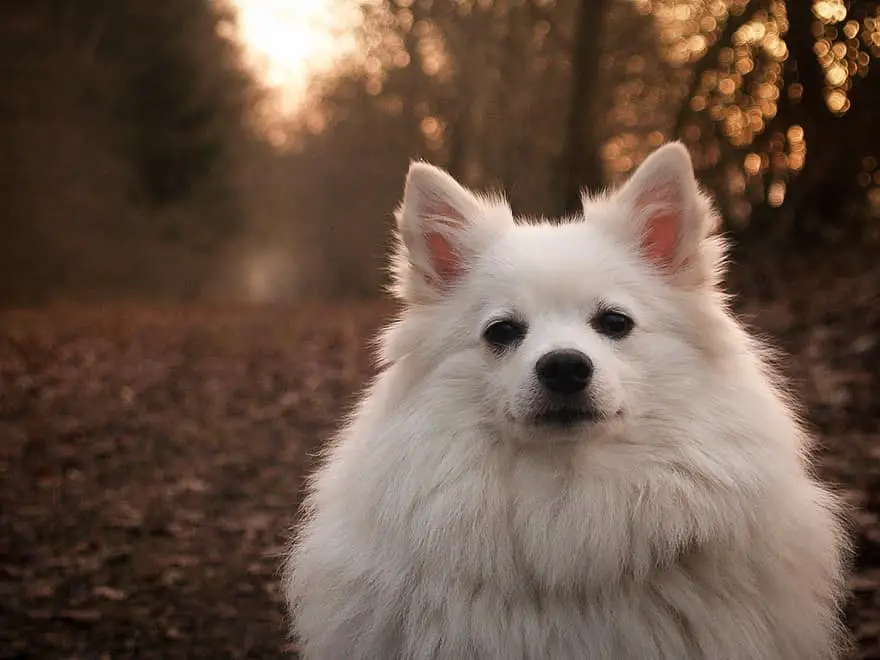
A moderate amount of regular exercise will suffice for the German Spitz. Though longer activity is unnecessary, he will happily keep up on an extended walk. Providing a secure area for exercise is highly recommended as he is a very curious dog and can wiggle through the smallest of gaps in search for other adventures. Ponds are also a hazard to this breed and should be fenced off. Exercise can also come in the form of indoor activities, like hide-and-seek, chasing a ball rolled along the floor, or teaching him new tricks. If you live in an apartment, even short walks in the hallways can give your dog some exercise, especially during inclement weather.
These dogs are high energy but fortunetly with their shorter legs it’s easy to keep them exersized. The German Spitz loves to explore and chase small animals when out and about. They can also be exersized indoors with fun games that keep them stimulated.
It’s important not to let this dog become bored. They can become destructive when bored or when they don’t get enough exercise. They are also a very local breed and tend to bark more when bored.
